FAQ
Why FaceFocusVR?
The typical method for adding face and eye tracking to most headsets – if even possible – involves attaching multiple ESP32s, such as the Seeed Xiao ESP32-S3 Sense, along with a USB hub to the headset. Alternatively, some might choose to disassemble a USB hub and solder the ESP32s directly onto it to save space.
Since I wasn’t satisfied with this approach, I set out to develop a mainboard that integrates all the necessary hardware for eye and face tracking. This includes three ESP32-S2R8s, a USB hub, and a reliable solution for safely powering the IR LEDs used to illuminate the eyes and face.
During the development process, I also identified the need for additional features, such as a connection for a fan and a USB port that could, for example, support a low-power Bluetooth LE stick. Furthermore, the plan is to designed custom PCBs and 3D models to streamline the attachment of IR LEDs and cameras to the headset lenses.
Ultimately, my goal is to encourage the wider adoption of face and, particularly, eye tracking. In my view, both technologies hold enormous potential – from enhancing social VR experiences to enabling advanced techniques like foveated rendering (unfortunately not supported at this time), which will help push VR technology forward.
Why only for Index?
I currently own and use the Index myself. It is very popular and, due to its size, allows the necessary hardware to be integrated efficiently.
While I don’t rule out developing solutions for other headsets, such as the Bigscreen Beyond or a version for the Quest in the future, the compact size of the Beyond presents an even greater challenge. Additionally, I don’t own any other headsets at the moment and would need to purchase them first, which would be a significant investment.
For now, the hardware is only available for the Index—but who knows what the future might hold.
Why no shipping outside the EU?
Another significant factor is shipping costs, which are considerably higher for countries outside the EU. This makes the products less appealing for international buyers.
While I’m not ruling out the possibility of shipping to countries like the USA in the future, I cannot say when or if it will become viable.
For now, the only potential option for customers outside the EU would be to form groups with friends and purchase multiple sets together. If such a scenario arises, feel free to contact me, and I’ll check if shipping to your country might be feasible.
Why do your calculations differ from those by EyetrackVR?
I believe my calculations are correct. The calculations by EyetrackVR only considered the radiation on a surface area of 1 cm². The distance and conical propagation of the IR radiation were not taken into account.
If you notice any issues or errors in my calculation, feel free to contact me.
